Part of the Large Hadron Collider’s Compact Muon Solenoid detector. (CERN) A mysterious particle thought to have existed briefly just after the Big Bang has now been detected for the first time in the ‘primordial soup’.
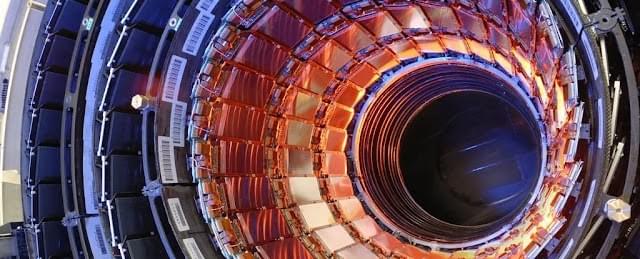

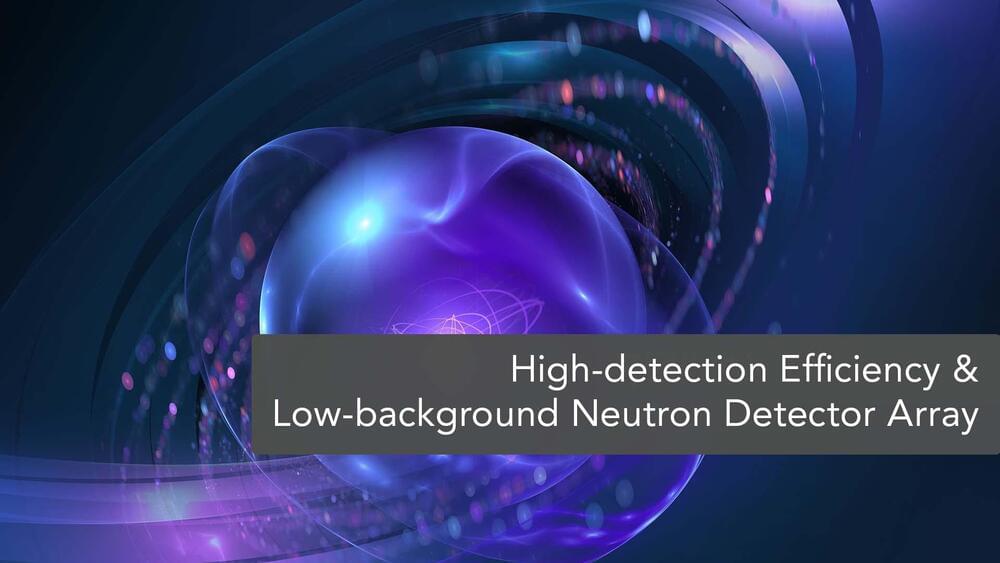
This study has successfully developed a high-efficiency neutron detector array with an exceptionally low background to measure the cross-section of the 13C(α, n)16O reaction at the China Jinping Underground Laboratory (CJPL). Comprising 24 3He proportional counters embedded in a polyethylene moderator, and shielded with 7% borated polyethylene layer, the neutron background at CJPL was as low as 4.5 counts/h, whereby 1.94 counts/h was attributed to the internal α radioactivity. Remarkably, the angular distribution of the 13C(α, n)16O reaction was proven to be a primary variable affecting the detection efficiency. The detection efficiency of the array for neutrons in the range of 0.1MeV to 4.5 MeV was determined using the 51V(p, n)51Cr reaction carried out with the 3 MV tandem accelerator at Sichuan University and Monte Carlo simulations. Future studies can be planned to focus on further improvement of the efficiency accuracy by measuring the angular distribution of 13C(α, n)16O reaction.
Gamow window is the range of energies which defines the optimal energy for reactions at a given temperature in stars. The nuclear cross-section of a nucleus is used to describe the probability that a nuclear reaction will occur. The 13C(α, n)16O reaction is the main neutron source for the slow neutron capture process (s-process) in asymptotic giant branch (AGB) stars, in which the 13C(α, n)16O reaction occurs at the Gamow window spanning from 150 to 230 keV. Hence, it is necessary to precisely measure the cross-section of 13C(α, n)16O reaction in this energy range. A low-background and high detection efficiency neutron detector is the essential equipment to carry out such measurements. This study developed a low-background neutron detector array that exhibited high detection efficiency to address the demands. With such development, advanced studies, including direct cross-section measurements of the key neutron source reactions in stars, can be conducted in the near future.
Low-background neutron detectors play a crucial role in facilitating research related to nuclear astrophysics, neutrino physics, and dark matter. By improving the efficiency and upgrading the technological capability of low background neutron detectors, this study indirectly contributes to the enhancement of scientific research. Additionally, fields involving material science and nuclear reactor technology would also benefit from the perfection of neutron detector technology. Taking into consideration the potential application and expansion of these findings, such innovative attempt aligns well with UNSDG9: Industry, Innovation & Infrastructure.
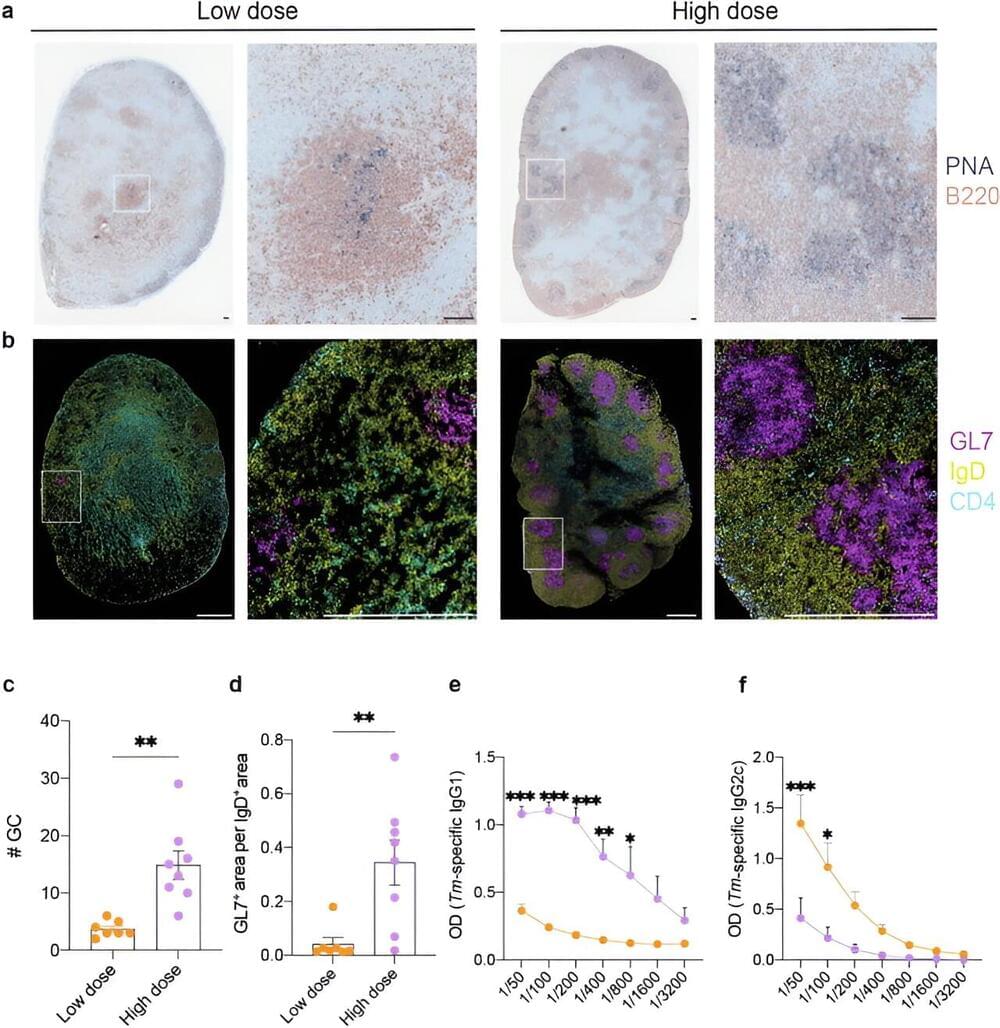
Monash University researchers have uncovered why some intestinal worm infections become chronic in animal models, which could eventually lead to human vaccines and improved treatments.
Parasitic worms, also called helminths, usually infect the host by living in the gut. About a quarter of the world population is afflicted with helminth infections.
They are highly prevalent in developing countries such as sub-Saharan Africa, South America and some tropical countries in Asia. In Australia, they can be a problem in First Nations communities.
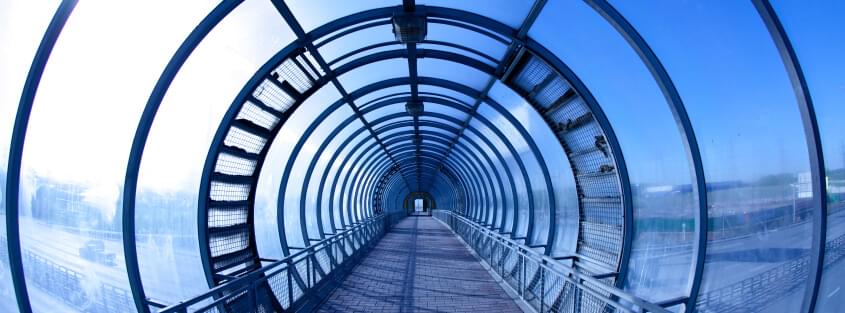
One of the most promising developments in the fight against cybersecurity threats is the use of artificial intelligence (AI). This cutting-edge technology has the potential to revolutionize the way organizations manage cyberthreats, offering unprecedented levels of protection and adaptability. AI is set to be embedded into every security product, enabling organizations to quickly remediate attacks and stay ahead of the threat landscape. However, bad actors are equally interested in unlocking the power of AI to easily launch sophisticated and targeted attacks.
The convergence of AI and cybersecurity will create opportunities and challenges for organizations. In this blog post, we will delve into the transformative impact that AI will have on cybersecurity, explore its potential to empower organizations to stay ahead of threats, and examine the ways bad actors could use it for their own nefarious purposes.
By harnessing the power of AI while remaining vigilant to its potential misuse, organizations can stay ahead of emerging threats and better protect their valuable applications, APIs, and data.
As climate change and global population growth pose ever greater challenges for agriculture, Israeli technology offers a wealth of inventions and advanced tools to help farmers adapt.
Interested in licensing this video? Get in touch 👉 http://u.afp.com/wvnD
N.B.: AFP’s services and content are for professional use only.
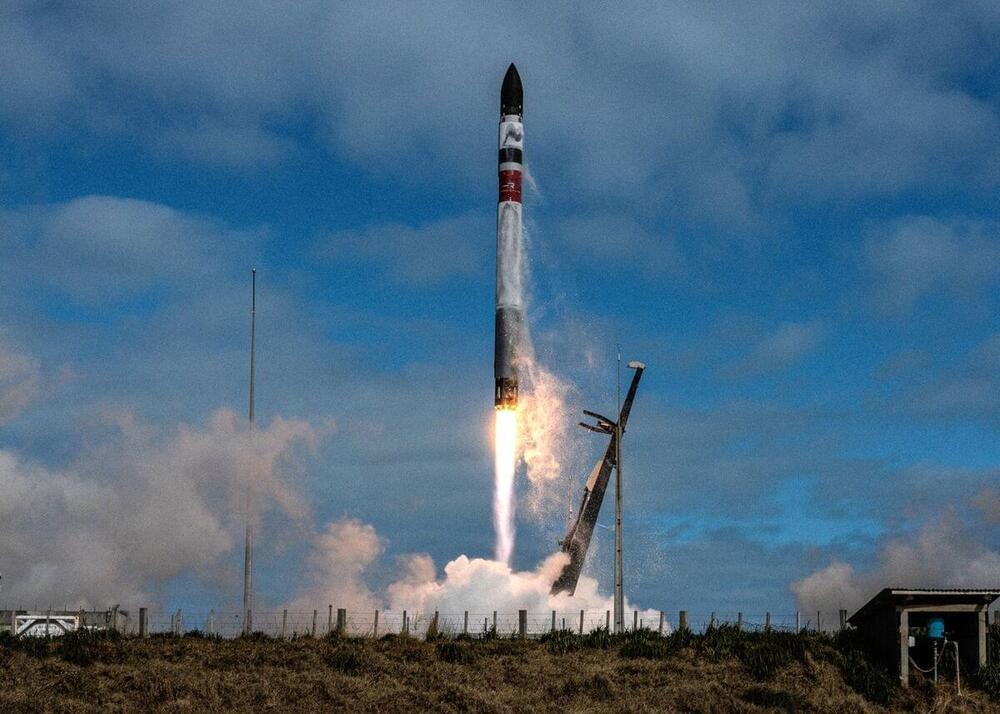
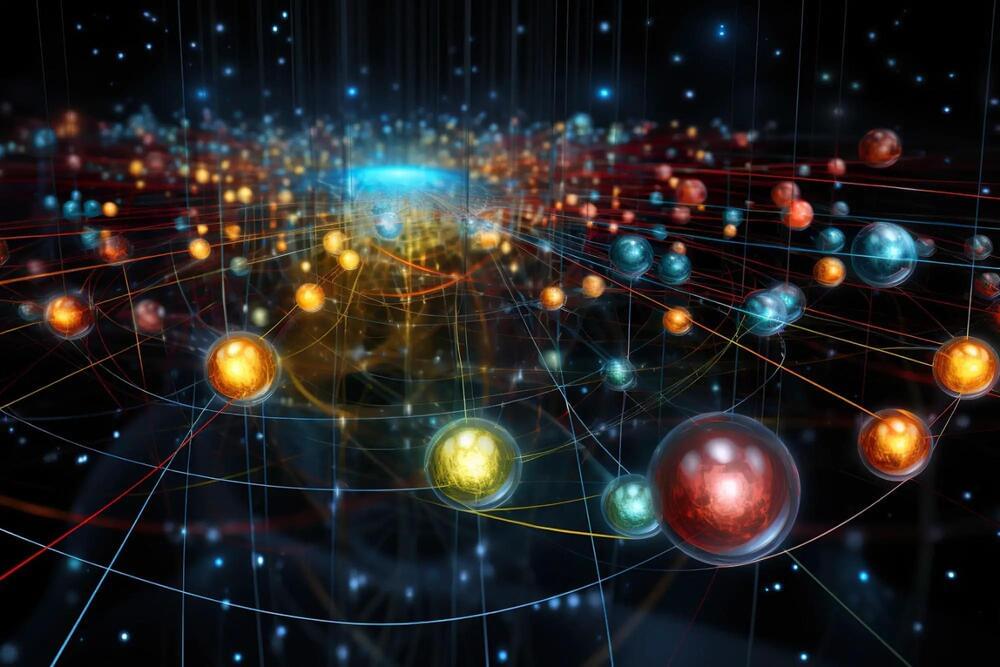
How does a gambler maximize winnings from a row of slot machines? This question inspired the “multi-armed bandit problem,” a common task in reinforcement learning in which “agents” make choices to earn rewards. Recently, an international team of researchers, led by Hiroaki Shinkawa from the University of Tokyo, introduced an advanced photonic reinforcement learning method that transitions from the static bandit problem to a more intricate dynamic setting. Their findings were recently published in the journal, Intelligent Computing.
The success of the scheme relies on both a photonic system to enhance the learning quality and a supporting algorithm. Looking at a “potential photonic implementation,” the authors developed a modified bandit Q-learning algorithm and validated its effectiveness through numerical simulations. They also tested their algorithm with a parallel architecture, where multiple agents operate at the same time, and found that the key to accelerating the parallel learning process is to avoid conflicting decisions by taking advantage of the quantum interference of photons.
Although using the quantum interference of photons is not new in this field, the authors believe this study is “the first to connect the notion of photonic cooperative decision-making with Q-learning and apply it to a dynamic environment.” Reinforcement learning problems are generally set in a dynamic environment that changes with the agents’ actions and are thus more complex than the static environment in a bandit problem.
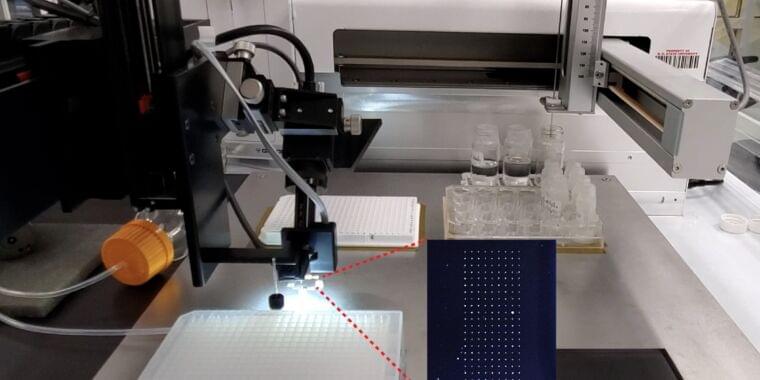
Earlier this year, two-layer solar cells broke records with 33 percent efficiency. The cells are made of a combination of silicon and a material called a perovskite. However, these tandem solar cells are still far from the theoretical limit of around 45 percent efficiency, and they degrade quickly under sun exposure, making their usefulness limited.
The process of improving tandem solar cells involves the search for the perfect materials to layer on top of each other, with each capturing some of the sunlight the other is missing. One potential material for this is perovskites, which are defined by their peculiar rhombus-in-a-cube crystal structure. This structure can be adopted by many chemicals in a variety of proportions. To make a good candidate for tandem solar cells, the combination of chemicals needs to have the right bandgap—the property responsible for absorbing the right part of the sun’s spectrum—be stable at normal temperatures, and, most challengingly, not degrade under illumination.
The number of possible perovskite materials is vast, and predicting the properties that a given chemical composition will have is very difficult. Trying all the possibilities out in the lab is prohibitively costly and time-consuming. To accelerate the search for the ideal perovskite, researchers at North Carolina State University decided to enlist the help of robots.
Tech executives, researchers and government officials are gathering in Seattle this week to figure out ways to add a new dimension to America’s chip industry — figuratively and literally.
“We’re going to talk about a once-in-a-lifetime opportunity to reinvent domestic microelectronics manufacturing,” Mark Rosker, director of the Defense Advanced Research Projects Agency’s Microsystems Technology Office, said today at the opening session of the ERI 2.0 Summit at the Hyatt Regency Seattle.
More than 1,300 attendees signed up for the DARPA event, which follows up on a series of Electronics Resurgence Initiative Summits that were conducted before the COVID-19 pandemic.
